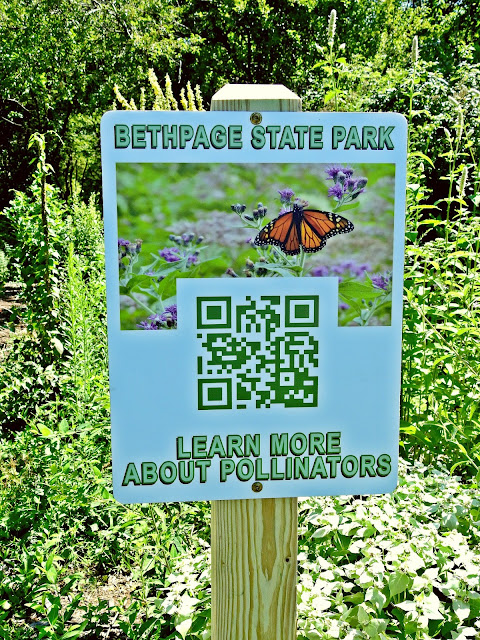Birds in the Winter: Do They Stay or Do They Go?
A Tufted Titmouse weathers a snowstorm.
Cardinals stay. Egrets leave. Robins nestle in holly bushes...while the movement of geese in a "V" formation, honking southward through the sky, is an image most people recognize as signs of winter! All the differing bird behaviors and migratory flyways...but have you ever wondered why? Specifically, what makes certain bird species stay? What makes certain bird species go? The simplest answer is that some birds lack the resources and coping mechanisms to withstand harsh seasons.
Majority of birds are diurnal, but limited hours of sunlight does not allow for as much activity.
Winter Changes That Push Some Species to Migrate:
A frozen pond means limited food for insectivorous birds.
Depending on the bird, it could be one of these factors or a combination of all of the above! These conditions can explain why warblers, swallows, and hummingbirds (to name a few) cycle through two different habitats a year: migrating towards a warmer roosting (resting) site down South for the winter but then returning North to find nesting sites in the spring.
 |
| Tree swallows - leave winter, return spring |
Not having a permanent home does have its perks though! Migratory birds are often less susceptible to disease and predators when compared more stationary species. Spring and summer months in New York offer longer days to hunt insects or collect food. Thirdly, moving around around means greater choices in habitat (especially here at Bethpage State Park where we have the added bonus of nest boxes).
What Survival Tactics are Used by Birds Staying Winter?
Winterberry Holly is one of the berry options available in the colder months.
Not all birds need to make a journey. Some can stay put and partake in different activities such as:
- Diet switch - from insect-based to seed/berry-based
- Caching - storing seeds to use later (on a colder day)
- Bulk up - on food during daylight to survive the cold nights
- Moderate torpor (or "regulated hypothermia") - a state of short inactivity to lower body temperature and metabolic activity.
- Huddling - in cavities and dry locations to share warmth!
- Insulation - staying dry and fluffing out feathers helps!
Our Raptors are Perfect Exhibitors of these Behaviors!
These raptors are on of Bethpage State Park's most noticed winter resident.
|
Last Thought: Ever Wonder How Birds Keep Their Feet Warm?
- Some birds stand on one foot, while keeping the other foot warm under feathers...then alternate! Seagulls and ducks are often seen doing this manuver.
- Other birds can pull their bodies down to cover their feet completely.
- Most avian species have feet that are mostly bone. This is because the alternative, fatty-tissued feet, would require a greater need for warmer blood.
- However, birds do have countercurrent heat exchange! This is where warm arteries from the body transfer warmth to the cool veins flowing up from the bird's feet.










Comments
Post a Comment